Key Technology Trends & Challenges in Residential Property Management
By Concierge Plus
Efficient and effective residential property management is hinged on the expectations of residents and the capabilities of managers. The key challenge is bridging the two – a task that has become increasingly difficult and complex due to COVID-19.
It’s no secret that the rapid onset of the new normal has caught some residential property managers off guard, resulting in less than ideal experiences for residents. Thankfully, there’s no shortage of helpful tech trends that property managers can turn to in order to meet the needs, expectations, and challenges brought on by the new normal. We will look at two key areas that cover a wide range of tech trends within property management.
Using technology to adapt to the challenges the future brings
The key to using tech that’s future proof is to ensure that your tech solutions are able to integrate with other 3rd party solutions. This is a crucial aspect of any type of property management technology. As Nathaniel Kunes of the Forbes Real Estate Council writes, a surefire way to do this is to embrace the rapid digital transformation of the world, which can drag a lot of traditional property management tasks into the 21st century. Allowing residents to pay their bills through online platforms for instance eliminates a lot of the legwork that both residents and managers need in order to settle the regular task of processing bills. Today, rental applications and leasing forms can also be processed digitally. Even just familiarizing yourself with the messaging apps preferred by residents can make the communication aspect of property management much easier.
Digital technology is fast becoming the future of all business, with its continuous development being pursued by top tech companies and universities. Indeed, today’s tech-inclined universities are basing their courses around innovation in digital and mobile technologies – as well as their various applications across all types of business. Maryville University’s online computer science programs were rewarded by tech giant Apple for their innovations in digital development, a clear indication of how prominent digital technology now is in business education.
Many of those entering the real estate industry from higher education would have covered these new developments and will be able to apply them to their companies. And by hitching on the bandwagon of property management technology, innovation, and knowledge, you can more easily communicate with residents, settle recurring bills with ease, or manage rental applications from the comfort of your computer.
An investment in digital is an investment in integrative technologies that can adapt to any property management challenges the future has in store. In fact, these are just some of the many tasks that can be more easily tackled through today’s emerging digital property management technologies.
Social distancing and automation
Also called physical distancing, social distancing has been proven to be an effective way to curtail the pandemic’s rapid spread. This has made the need for social distancing a constant throughout residential property management.
From the safe and continued use of common areas to the efficient management of deliveries to residents, social distancing takes center stage – necessitating a lot of added paperwork in the process. Indeed, logistics companies like UPS and FedEx have begun hiring additional staff as a preemptive measure against potential holiday delivery delays – an aftermath of the pandemic-related surge in online shopping throughout the year. For property managers, responding to this challenge means adapting new ways for residents to receive their packages in a timely manner – all while minimizing foot traffic and maintaining social distancing throughout the building.
This is where Concierge Plus’ online resident experience management software can help. Through our centralized digital platform, property managers can automate the way residents receive any deliveries, such as getting instant notifications through mobile texts or even automated calls once packages arrive at the building. The interface can also be customized to denote specific times or in-building locations for pick-up, which can be used to further enforce social distancing even during the busiest delivery times. Integrated with smart parcel providers like Snaile, the process can be further automated and made more convenient for residents, property managers, and delivery personnel alike. Furthermore, the efficient management of deliveries throughout the property is just one task that can be automated through this type of software. Others include the building’s pet registry, incident reports, service requests, common area reservations, board announcements, and many other aspects of management that can be automated through a centralized interface. And because the platform digitally records residents’ transaction history, you can also remove unmanageable physical paperwork from the equation, as well as provide greater transparency for residents.
It’s not that difficult to identify which tech trends can actually help you to address the new challenges of residential property management. The key is to look for technology that can automate and streamline your manual processes, ride the tide of digital transformation, integrate with 3rd party suppliers, and promote transparency between residents and building management. This is especially true if the residential properties you manage were hit hard by COVID-19. In the face of the massive new challenges that accompany the new normal, investing in the right technologies can give you the tools you need to keep your residents safe, happy, and satisfied.
Tags:
Management News


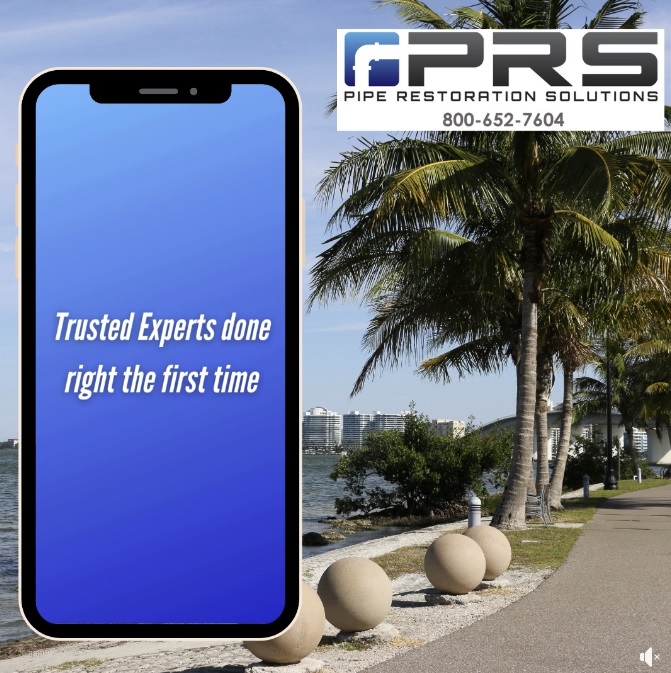

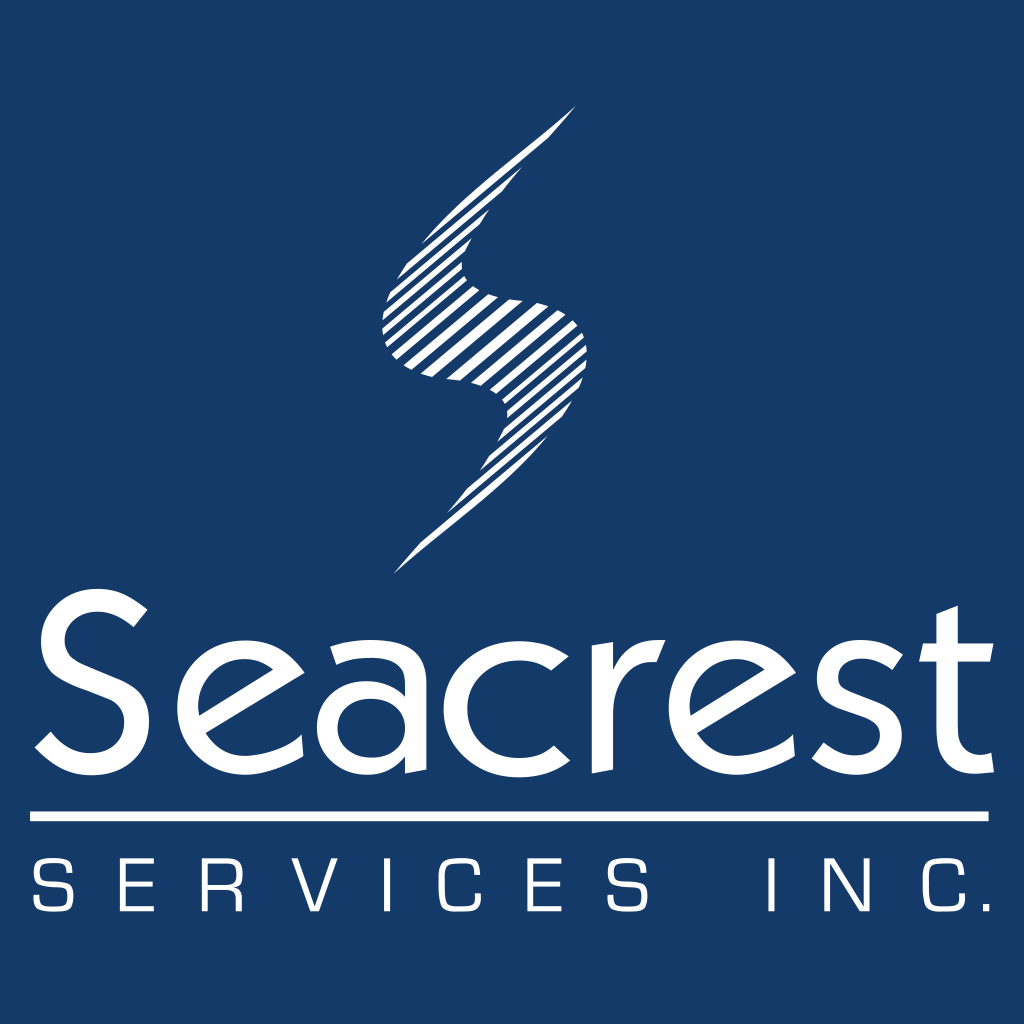

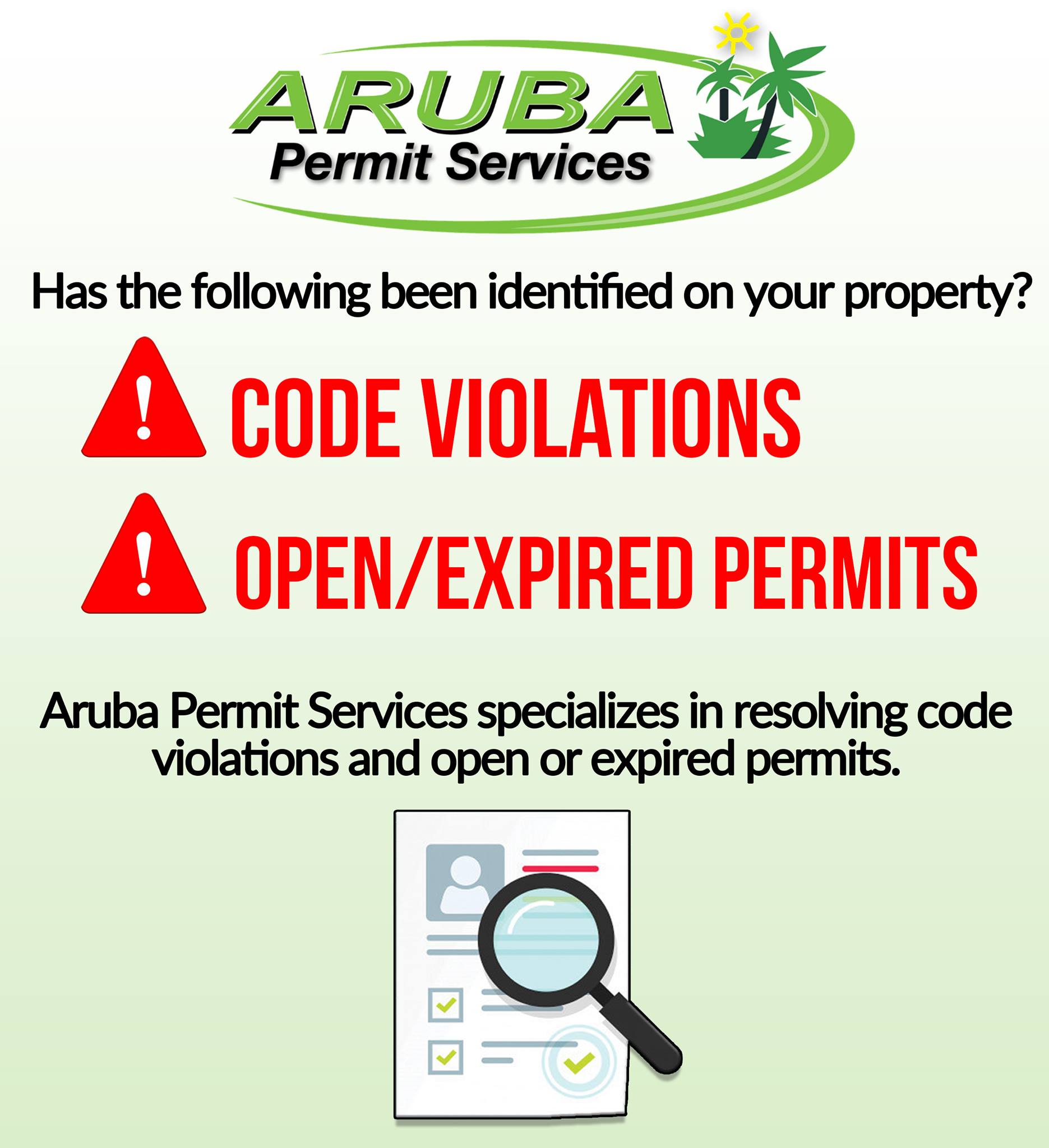


 Unlike our skin or liver, which developed mechanisms to eliminate unwanted pollutants, the lungs didn’t develop an efficient mechanism to remove fine dust particles or block harmful gases from entering the bloodstream. I heard an explanation once that argued that because air pollution wasn’t abundant in the atmosphere until the past few hundred years, evolution didn’t have to “deal” with it (unlike UV or toxins like Benzo(a)pyrene).
Unlike our skin or liver, which developed mechanisms to eliminate unwanted pollutants, the lungs didn’t develop an efficient mechanism to remove fine dust particles or block harmful gases from entering the bloodstream. I heard an explanation once that argued that because air pollution wasn’t abundant in the atmosphere until the past few hundred years, evolution didn’t have to “deal” with it (unlike UV or toxins like Benzo(a)pyrene).

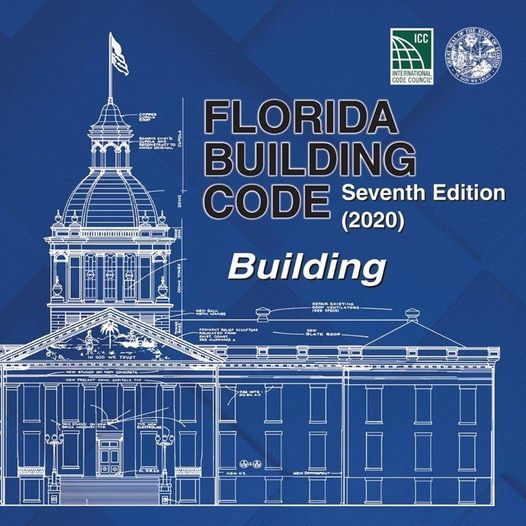
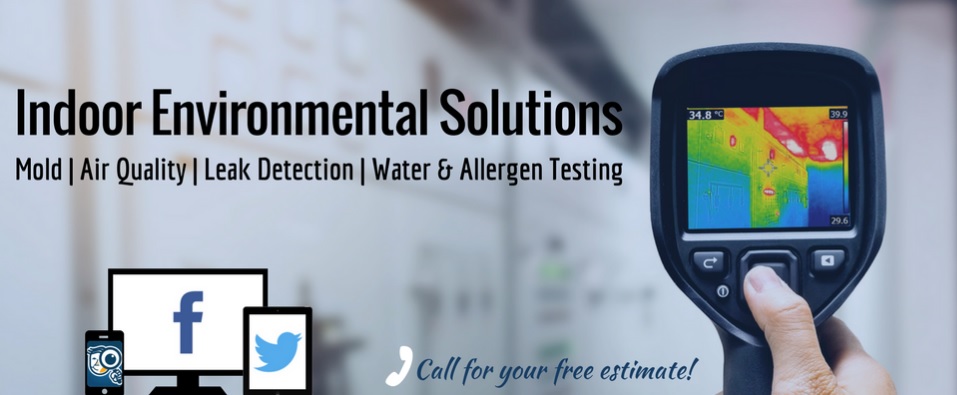



 SOLitude Lake Management is committed to providing full-service lake and pond management solutions that improve water quality, preserve natural resources, and reduce our environmental footprint.
SOLitude Lake Management is committed to providing full-service lake and pond management solutions that improve water quality, preserve natural resources, and reduce our environmental footprint.
